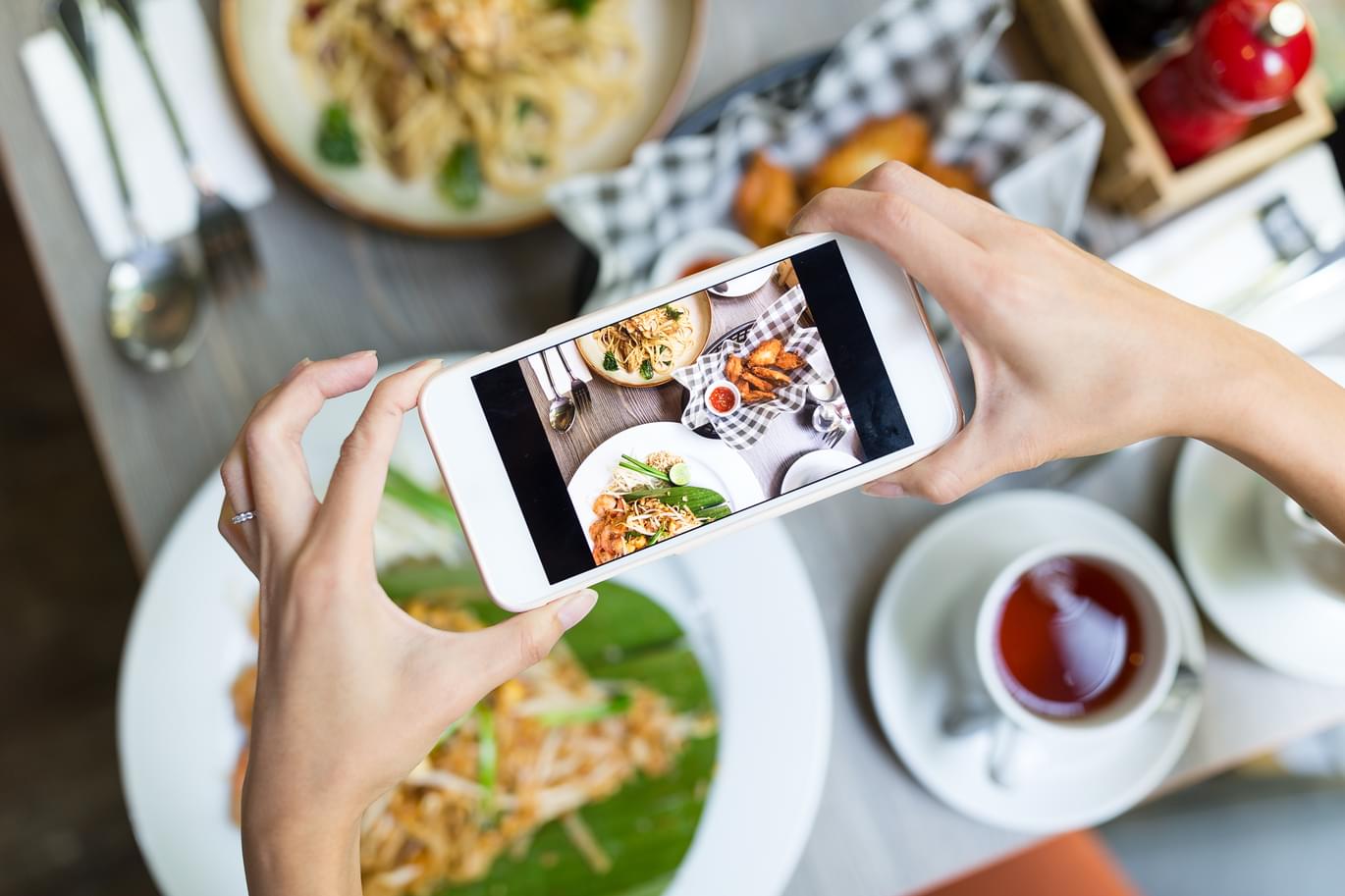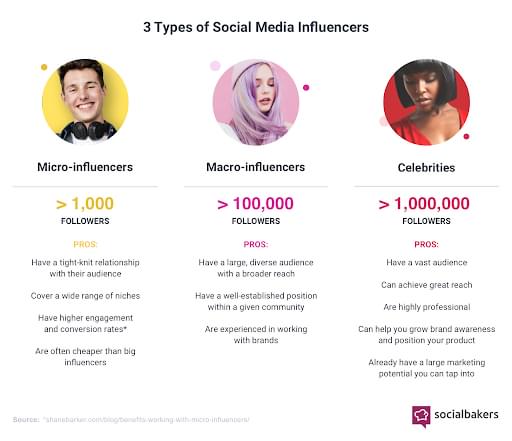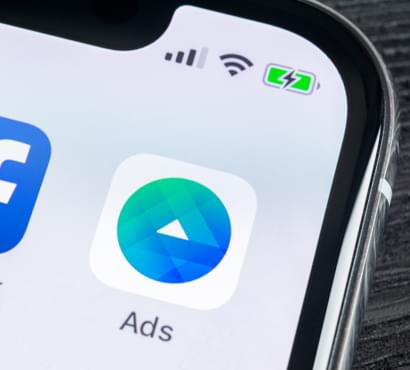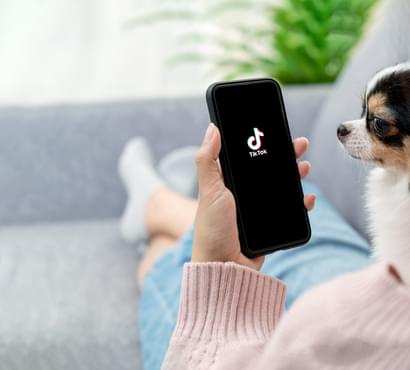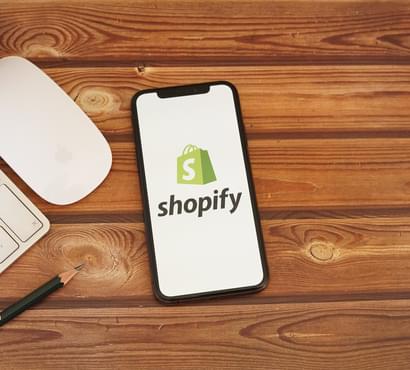What is influencer marketing?
The advertising industry has long used public figures with the power to influence to endorse and promote products. However, with the rise of digital marketing, the influencer has taken on a new role. It encompasses not only celebrities and public figures - but also bloggers, Youtubers, Instagrammers and just about anybody with enough of a social following to influence the purchasing decisions of others. Leveraging influencers’ audiences on social media can become a key part of your social media strategy.
Why do you need influencer marketing?
With 90% of consumers believing brand recommendations from friends over other marketing channels, an influencer marketing strategy can be essential for building brand trust.
When managing social media channels for a business, getting customers to engage with your content can sometimes be a difficult task. User-generated content (UGC) can be a successful remedy to this, with UGC receiving 6.9x more engagement than brand-generated content (Facebook UGC Report, 2018). UGC can be any form of social content (images, videos and text posts) posted by users on social media. Influencers’ social channels can be used not only to help create UGC which can be shared on your owned social channels, but also drive growth of customer UGC by sparking conversations between followers with their content.
How to incorporate micro-influencers into your marketing strategy
So now you know what it is and why it’s important, we’re going to share a couple of recent examples of how we, as an agency, have brought micro-influencers into our client’s marketing campaigns.
Glorious! Soup
To get our target audience excited for soup season, we asked micro-influencers to be part of our #BoldBowls campaign and show their followers which tasty toppings, delicious dunkers or adventurous ingredients they add to bring out the bold flavours of Glorious! Soups. Influencer posts helped us reach an additional 120,000 people, with a cost per engagement that was 40% less than the industry average.
Nisa Local
For Nisa Local’s Christmas campaign, we invited 15 micro-influencers to share their Christmas traditions on Instagram, Twitter and Facebook, encouraging their followers to share their favourite countdown to Christmas moments too. This featured key suppliers including Pringles, Coke and Whitley Neil Gin. The campaign hashtag was a key aspect of our customer engagement strategy, and the influencers’ posts helped to raise further awareness of our Christmas campaign. Our influencer activity alone helped us reach over 164,000 people across Facebook, Twitter and Instagram and achieve an above-industry average engagement rate of 3.16%
In addition to the campaigns, influencer marketing is also effective as part of a longer-term, “always on” strategy, providing an opportunity to build strong relationships between brands and influencers. Rather than being a person you have paid to publish content promoting your brand, influencers can become brand ambassadors who are truly passionate about your product. This creates a more authentic experience for customers.
A good example of this is Topshop’s long-standing partnerships with female fashion influencers, which they have been running since 2017 under #TopshopGirls and #TopshopStyle. Partnering with influencers has helped raise awareness of these hashtags, providing a steady source of UGC for the brand.
Here’s Anna Newton, known across social as TheAnnaEdit. With each new season, she shares her top picks from the fashion brand in a sponsored Instagram post. Anna is not only a brand ambassador, but also a brand advocate. She is Topshop’s core customer demographic so her recommendations come across as genuine and authentic.
What are the benefits?
There are benefits to both short and longer-term influencer marketing strategies, but the key takeaway here is that this is a long-term investment in your marketing strategy, focusing on customer retention more than a single outcome on a short timescale.
How to pick the right influencer(s) for your campaign
Whilst authenticity is a key ingredient to successful influencer marketing strategy, most people tend to focus initially on a number of followers, but there are pros and cons to having a larger or smaller following. Influencer marketing platform TRIBE summarise these pretty well in this infographic:
While influencers with millions of followers can be enticing, micro-influencers may be more likely to return stronger engagement results and help you connect with your customers. Their tight-knit relationship with their audience leads to higher engagement and conversion rates. If your brand has a diverse audience, then your influencer marketing should reflect this. Rather than spending your whole budget on one person, channelling your efforts into a small group of micro-influencers will help you reach a larger cross-section of your customer base.
However, macro-influencers can still be incredibly important for brand awareness, as they will be talking to a large, diverse audience. If your KPIs centre around reaching as many people as possible, then a macro-influencer might be an important avenue to consider.
Influencer marketing guidelines you need to know
Before embarking on any influencer marketing campaign, you should ensure your planned activity complies with ASA and CAP guidelines. These apply to all bloggers, vloggers, celebrities and social media personalities - as well as the brand. As a starting point, influencers must:
- Make it clear it is an advert on the post, without having to click ‘read more’
- Disclose if they have been incentivised in any way to endorse the brand
- Clearly state if they have actually used the product or service
- Disclose any historical relationship with the brand
Viewing an influencer’s previous paid partnerships is also a good indicator of whether or not they will be a good fit for your brand. If they fail to comply with ASA guidelines, the blame will rest with the brand as much as them. It is also beneficial to research the influencer fully (both their influencer name and their full name) to get a feel for their audience and make sure there isn’t any negative backlash surrounding them. Tools like TRIBE will even help you root out fake followers or engagement, helping you ensure you’re working with the right people.
What do we expect to see from influencer marketing in the future?
So, what’s the future for influencer marketing? In our 2019 Social Media Predictions, we identified finding niche audiences as a key tactic. You wouldn’t necessarily seek advice about recipes from the same person you’d ask about interior design, so find influencers who can really connect with your audience. At the end of the day, you want your influencers’ followers to mirror your own customer demographics.
Fancy a good ol' chat about the values of marketing to your business?
Drop Us a LinePost by

Laura joined Team Extreme in 2017 and through the years has refined her social media skills to become our Paid Social Strategist. She works with our social clients to plan and execute content across a broad range of sectors and channels, helping clients maximise their results and ROI.
Project

